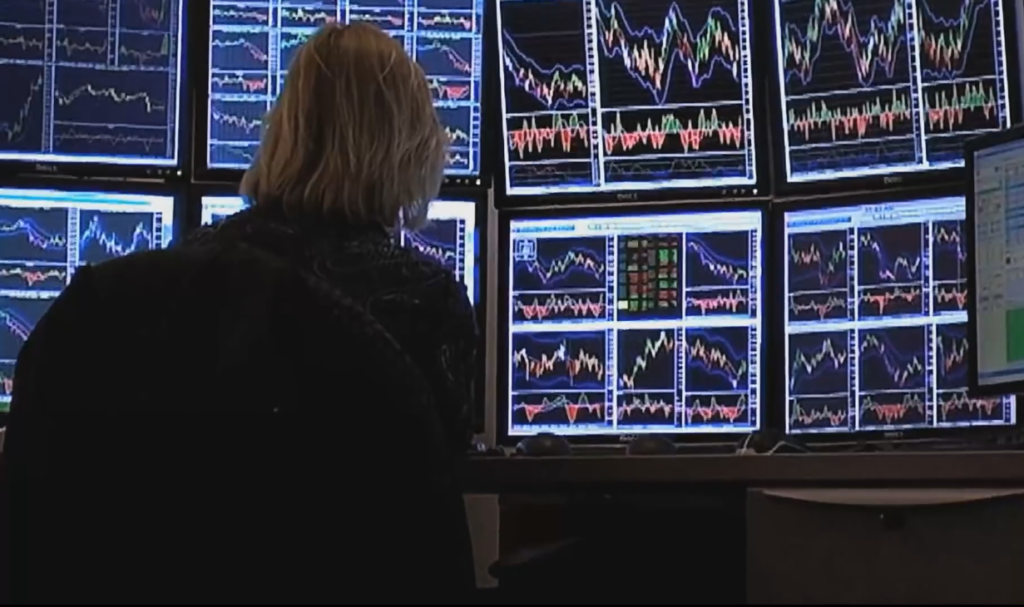
Demo traders are a great way to gain valuable knowledge and experience in the Forex markets. It becomes an impediment after a certain point. It is still possible to use it to help with trading without risking your money. Here are some tips for maximizing the potential of this software:
You can trade with virtual currency
Demo accounts are available on some trading platforms. These demo accounts allow you to test your trades and practice them without having to risk real money. The Think or Swim platform of TD Ameritrade lets you trade with virtual currency and features many advanced trading options. NinjaTrader, one such option, is available. NinjaTrader provides simulation tools to help traders practice strategies and also offers a virtual currency marketplace. It is a good option for aspiring traders who are unsure about the risk involved in trading with real money.

Position size
One of the best tools you have to improve your trading success is the ability adjust your position size. Trader who only takes 20% risk will find it difficult to keep calm and be quick to act. He will likely feel immense stress and panic when the position moves against them, and will likely close out the position as soon the position becomes profitable. However, a trader who only risks 1% of his capital will be calm and collected, even if the position changes in his favor.
Slippage
Slippage refers the price difference between the order's opening price and the closing price. Slippage is a problem for traders who trade in the live markets. It can disrupt your trading plan and cause you to lose money. Slippage can also increase your losses or decrease your profits. Slippages during demo trading are very rare and are unlikely to happen. Here are some reasons slippage may occur in demo accounts. Continue reading to learn how you can prevent it.
Environment for trading
Demo trading environments let you simulate all aspects of live trading, with the exception of market availability. This means that any trade volume placed for any spread will be executed. The difference between live trading and a demo trading environment is that live trading is subject to market availability and spreads increase the actual costs of trading. Demo accounts might also have data feeds and spreads that may be different to those used for live trading.

Strategies for trading
There are some key differences between demo trading and live trading. A trader who is trading live will risk real money. However, a trader who is demo trading will not be exposed to such risks. However, they must follow risk management strategies in order to avoid losing money. In a demo account, traders can make mistakes without losing real money. Before trading begins, traders can review their trading journals and learn risk management techniques. Traders can practice large transactions with no real risks by using demo trading.
FAQ
What's the role of the Securities and Exchange Commission (SEC)?
SEC regulates the securities exchanges and broker-dealers as well as investment companies involved in the distribution securities. It enforces federal securities laws.
What Is a Stock Exchange?
A stock exchange is where companies go to sell shares of their company. This allows investors the opportunity to invest in the company. The market determines the price of a share. It is usually based on how much people are willing to pay for the company.
Companies can also get money from investors via the stock exchange. Investors are willing to invest capital in order for companies to grow. Investors buy shares in companies. Companies use their money in order to finance their projects and grow their business.
There can be many types of shares on a stock market. Some are called ordinary shares. These are the most popular type of shares. These are the most common type of shares. They can be purchased and sold on an open market. Stocks can be traded at prices that are determined according to supply and demand.
Other types of shares include preferred shares and debt securities. Priority is given to preferred shares over other shares when dividends have been paid. Debt securities are bonds issued by the company which must be repaid.
How are share prices established?
Investors who seek a return for their investments set the share price. They want to make money from the company. They purchase shares at a specific price. If the share price goes up, then the investor makes more profit. The investor loses money if the share prices fall.
An investor's main goal is to make the most money possible. They invest in companies to achieve this goal. It helps them to earn lots of money.
Why is a stock security?
Security is an investment instrument whose value depends on another company. It may be issued either by a corporation (e.g. stocks), government (e.g. bond), or any other entity (e.g. preferred stock). If the asset's value falls, the issuer will pay shareholders dividends, repay creditors' debts, or return capital.
Statistics
- Individuals with very limited financial experience are either terrified by horror stories of average investors losing 50% of their portfolio value or are beguiled by "hot tips" that bear the promise of huge rewards but seldom pay off. (investopedia.com)
- US resident who opens a new IBKR Pro individual or joint account receives a 0.25% rate reduction on margin loans. (nerdwallet.com)
- Ratchet down that 10% if you don't yet have a healthy emergency fund and 10% to 15% of your income funneled into a retirement savings account. (nerdwallet.com)
- For instance, an individual or entity that owns 100,000 shares of a company with one million outstanding shares would have a 10% ownership stake. (investopedia.com)
External Links
How To
How to create a trading strategy
A trading plan helps you manage your money effectively. It allows you to understand how much money you have available and what your goals are.
Before setting up a trading plan, you should consider what you want to achieve. You might want to save money, earn income, or spend less. You may decide to invest in stocks or bonds if you're trying to save money. You can save interest by buying a house or opening a savings account. Perhaps you would like to travel or buy something nicer if you have less money.
Once you decide what you want to do, you'll need a starting point. It depends on where you live, and whether or not you have debts. It's also important to think about how much you make every week or month. Income is what you get after taxes.
Next, you will need to have enough money saved to pay for your expenses. These include bills, rent, food, travel costs, and anything else you need to pay. These expenses add up to your monthly total.
You will need to calculate how much money you have left at the end each month. This is your net available income.
Now you know how to best use your money.
Download one online to get started. You could also ask someone who is familiar with investing to guide you in building one.
Here's an example: This simple spreadsheet can be opened in Microsoft Excel.
This will show all of your income and expenses so far. Notice that it includes your current bank balance and investment portfolio.
And here's another example. This one was designed by a financial planner.
It will let you know how to calculate how much risk to take.
Remember, you can't predict the future. Instead, you should be focusing on how to use your money today.